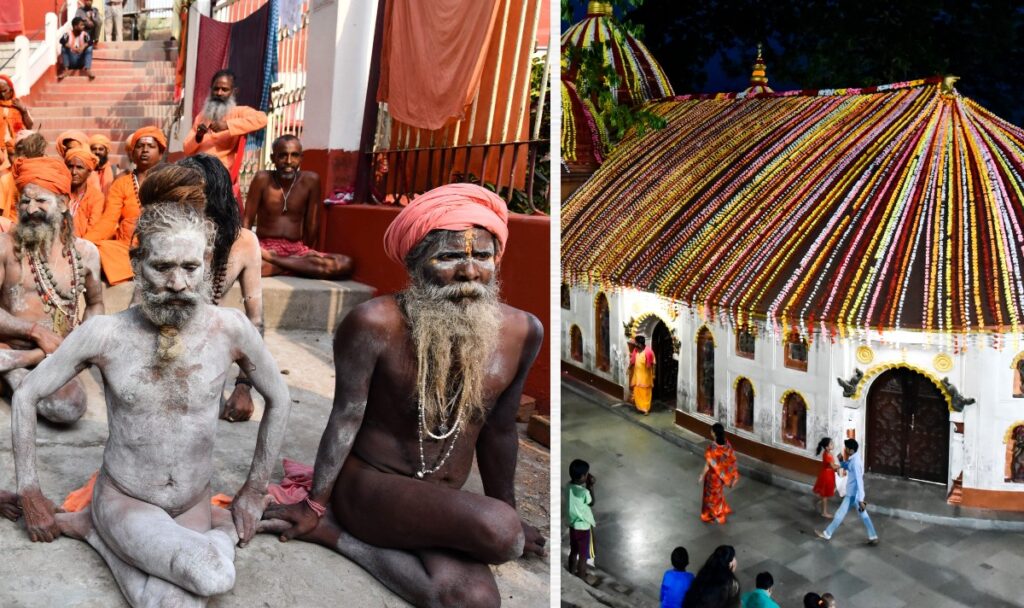
Socialites, get into this… five people have reportedly been arrested by police in India over the death of a woman who was allegedly sacrificed at a Hindu temple. According to the New York Post, on June 18, 2019, 64-year-old Shanti Shaw was beheaded with the use of a machete and offered to the temple goddess in Guwahati, with her head later being disposed of in the Brahmaputra River. Law enforcement officials have been investigating her death for almost three years but couldn’t find enough evidence to hold anybody responsible for her murder until now.
Per Guwahati police commissioner Diganta Barah, a total of 12 people were alleged to have been responsible for the sacrifice during the ritual, with five of those being accused of planning the woman’s death. “During the investigation, we found this was a case of human sacrifice to please Maa Kamakhya (a Hindu goddess),” he said in a statement. He continued to explain how Pradeep Pathak, who has been named the primary suspect, helped orchestrate Shaw’s death on the anniversary of his brother’s passing.
“The accused apparently believed that the sacrifice would appease the soul of the deceased,” Barah continued. Pathak, a revered priest named Mata Prasad Pandey, as well as three other people, were arrested this past week, with cops now hunting down their accomplices. Shaw was said to have participated in a puja – a worship ritual – but had no idea that she had been targeted to be sacrificed as her hands and feet were held down before one of the accused took a machete and beheaded her.
Her body was later discovered on a staircase and her head was thrown in the Brahmaputra River, though it’s unclear whether police were able to recover her upper body part.
The practice of human sacrifice is not unique to India, as it has been documented in various cultures around the world. However, the tradition of human sacrifice in India can be traced back to the ancient Vedic period, which dates back to around 1500 BCE.
The Vedic religion was based on the worship of various deities, and it was believed that offering sacrifices to these deities would appease them and bring good fortune. The earliest records of human sacrifice in India can be found in the Vedas, where it is mentioned that animals and humans were sacrificed to the gods.
As time passed, the practice of human sacrifice became more widespread and was even considered a form of punishment for those who had committed serious crimes.
It was believed that offering the life of a criminal would appease the gods and bring good fortune to the community. The practice also became associated with certain sects and cults, which believed that offering human sacrifices would give them supernatural powers.
RELATED: India Cuts Off Internet For 27 Million People To Catch One Man
The reasons for human sacrifice in India were varied, but they were all based on the belief that offering someone’s life to the gods would bring good fortune and protection to the community. Many communities believed that human sacrifice was necessary to appease the gods and prevent disasters such as droughts, floods, and famines.
Human sacrifice was also seen as a way to punish criminals and deter others from committing crimes. It was believed that the sacrifice of a criminal would appease the gods and prevent them from punishing the community.
In some cases, human sacrifice was also seen as a way to gain supernatural powers or abilities. Certain sects and cults believed that offering human sacrifices would give them the power to control the elements, heal the sick, or even become immortal.
The post OMG! Five People Have Been Arrested Over An Alleged Ritual Human Sacrifice At Indian Temple appeared first on Hollywood Unlocked .